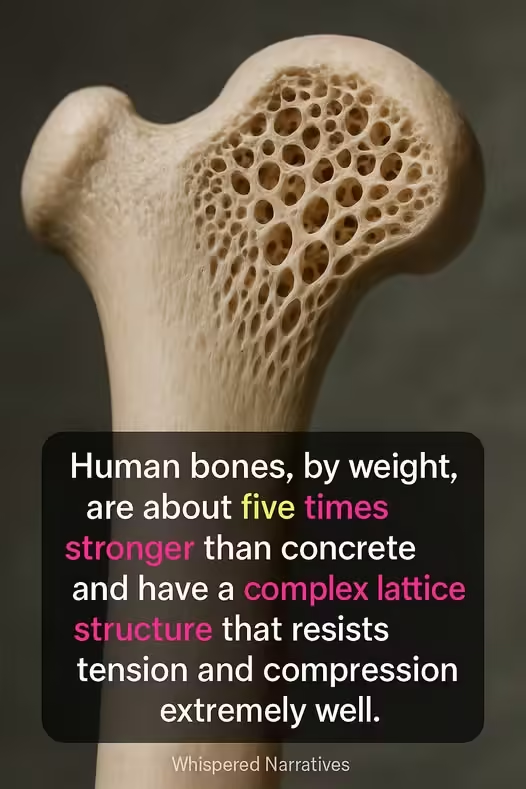The Silent Strength Within Us: How Bone Structure Inspires Modern Engineering
At first glance, bones might seem like simple, rigid supports holding our bodies together. But take a closer look—these everyday biological structures are nothing short of engineering marvels. Hidden beneath their smooth exterior lies a complex and elegant architecture that perfectly balances strength, flexibility, and lightness. Every step you take, every jump, every stumble or fall—your bones are silently and reliably doing what even the strongest man-made materials struggle to do: absorb shock, bear weight, and recover without fail.
Nature’s Engineering: The Honeycomb Design of Bone
The secret to this extraordinary durability lies in the microscopic structure of bone. Rather than being solid all the way through, bones have a honeycomb-like matrix of trabeculae—tiny, beam-like structures that form a lattice within the bone. This architecture minimizes weight while maximizing strength, much like the trusses used in bridges and skyscrapers.
To put it into perspective, a single cubic inch of bone can bear the weight of roughly five standard pickup trucks. That’s an astonishing level of strength, especially when you consider that bone is significantly lighter than concrete or steel. Its strength-to-weight ratio outperforms both, making it one of the most efficient load-bearing materials found in nature.
Built for a Lifetime of Movement
Human bones are not just static supports—they are dynamic, living tissues that adapt to stress. Our skeletal system is designed to handle thousands of daily impacts, from walking and running to climbing and lifting. With every motion, bones absorb and redistribute forces, subtly remodeling themselves over time to become stronger in the areas that need it most.
This built-in ability to respond to pressure and repair micro-damage is why bones can support us for decades, even under the strain of high-impact sports or labor-intensive work.
Inspiration for the Future: Biomimicry in Action
Unsurprisingly, scientists and engineers are turning to bone for inspiration. The study of bone microarchitecture—its internal structure and mechanical properties—is helping researchers develop stronger, more efficient materials for construction and design. From earthquake-resistant buildings to lightweight aircraft and even future space habitats, the lessons learned from bone could shape the next generation of human innovation.
For instance, materials designed with bone-like lattice structures can offer increased strength while using less material, reducing both weight and cost. 3D printing technologies are now making it possible to replicate these complex internal geometries with high precision, bringing us closer than ever to mimicking nature’s best ideas.
The Remarkable Machine Inside You
It’s easy to take our skeletons for granted. We rarely think about the quiet strength that supports us throughout our lives—until something goes wrong. But behind every action you take is a system of biological engineering more advanced than most man-made systems. Every bone you carry is the result of millions of years of evolution and refinement, performing its job flawlessly and silently.
So next time you walk up a flight of stairs or lift a heavy box, take a moment to appreciate the incredible machinery within you. You’re not just made of bones—you’re built from some of the most advanced engineering nature has ever created.



